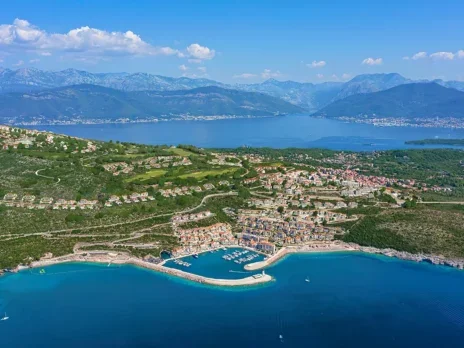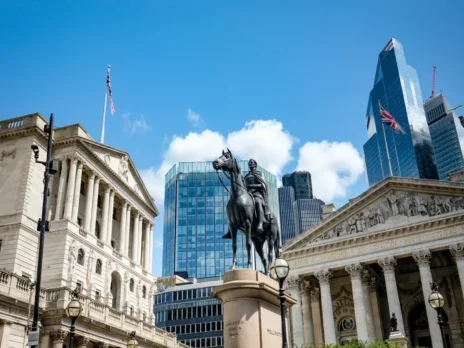
The Kazakh artist’s satirical work is ‘subversive and yet leavened by a deep vein of wit’.
There was a strong representation of London’s Russian expat community at the opening in early June of an exhibition of works by the Kazakh artist Amanita (Man-eater) at the Shapero Modern Gallery in Mayfair.
A former factory worker, Amanita specialises in series of satirical paintings which appeal to Russians with irreverent feelings towards Vladimir Putin and other Russian political figures, although they do not carry an overt political message. The show’s curator, Sasha Markvo, is married to the Russian opposition activist Vladimir Ashurkov.
Inspired by Albrecht Dürer and Soviet children’s book illustrator Evgeny Rachev, Amanita weaves together numerous influences, from Soviet constructivist imagery of the 1920s to medieval iconography, and likes to include cartoon elements and visual jokes in his elaborate drawings — for example, Dmitry Medvedev surrounded by teddy bears or Putin in a pharaoh’s headdress. As one collector, Ilya Goncharov, puts it, Amanita’s works ‘are full of meaning, up to the brim’.
Aleksey Polyakov, who has described himself as an ‘art banker’, was overwhelmed when he first encountered Amanita’s drawings. ‘So unknown, so unassuming, but how mysterious and powerful is Amanita!,’ he told the Russian-language website Finbuzz. ‘At first I did not believe that someone like him — a cigarette-smoking factory worker in his helmet — had the power to throw the viewer into a new universe. Then, once I got to know this — in the truest sense of the expression — proletarian artist, I bought many of his works, and we became friends. For me, this discovery was comparable to that of Orwell and Pelevin at once.’
However, Amanita has British and international fans too. American record producer Joe Boyd is one. ‘I love the wit and width of references,’ he says. ‘And I am always drawn to highly structured related works, and Amanita’s Alphabet and Zodiac sets are wonderful, unlike anything I’ve ever seen.’ Thomas Heatherwick, architect de nos jours, has described Amanita’s images as ‘mesmerising’.
Clementine Cecil, executive director of Pushkin House (a UK charity which showcases contemporary and classical Russian culture, arts and society), is another admirer. ‘Amanita’s work is arresting, dramatic and witty,’ she says. ‘His work is subversive and
yet leavened by a deep vein of wit. The pictures are hyper-realistic and fantastical, like a vivid dream.’






